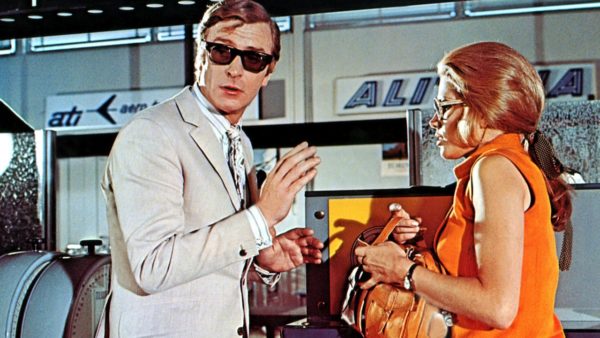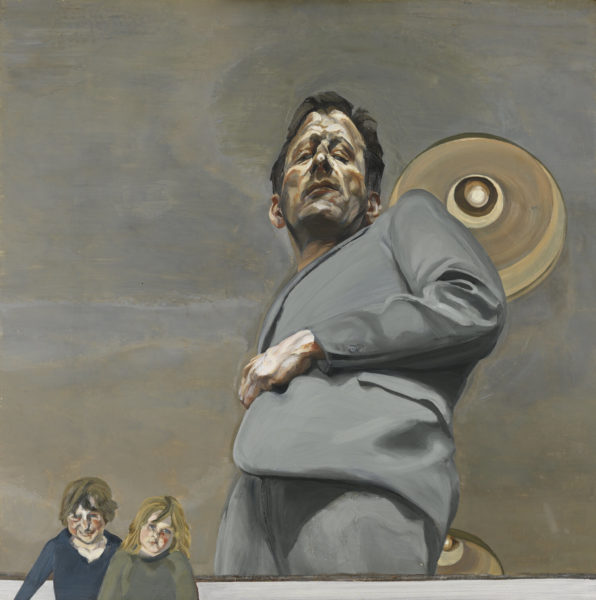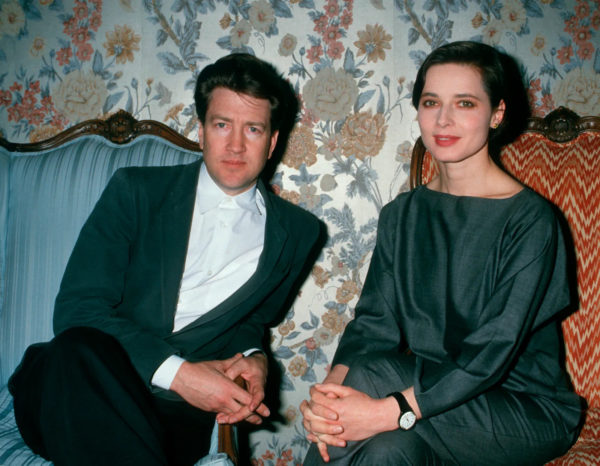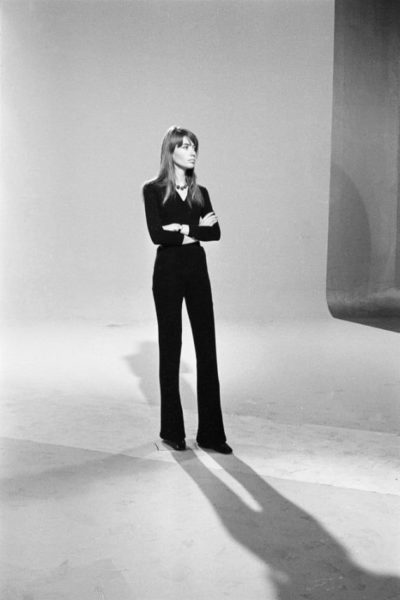“The greatest club of all time” – Ahmet Ertegun, Atlantic Record New York founder, 1977.
Steve Rubell and Ian Schrager decide to open a new nightclub in 1977: Studio 54 is born. Located at 273 West 54th, the club quickly became the temple of Disco music. It was a time of recklessness and the opening of the Studio 54 was a sign of the times.
Studio 54: from theater to party temple
The interior was hidden by two large black doors that marked the beginning of an initiatory journey ending on the dance floor. This former theater renovated into a dancefloor revolutionized the way to party. Studio 54 was open every night and was always packed. Dancing and watching people dance, attending the show and being part of the performance.
Dictatorship at the door but a democracy inside
Being accepted inside Studio 54 was no easy task. Steve Rubell was known to be ruthless at the entrance, celebrities and strangers alike, and only the best dressed were allowed in. Andy Warhol referred to Studio 54 as “a dictatorship at the door but a democracy inside”. Blazers with gold buttons, cream tuxedo jackets, midnight blue or bottle green velvetcotton fabric with a complex weave, it is composed of a simp More jackets: any means to stand out from the crowd and get a chance at the entrance. Bankers, drag-queens, actors, singers, fashion designers, gigolos, all mixed together for an evening, connected by a sharp sense of style and an immoderate love of partying. An uncompromising selection at the entrance so notorious that when the two founders launched their first “Studio 54” jeans, a slogan imposed itself: “Now everybody can get into Studio 54”.
1981 : the end of the party
Following a search on the night of December 31, 1979, Rubell and Schrager were arrested and forced to close down after police discovered nearly $2.5 million worth of drugs inside the nightclub. The studio was repurchased at 4,5 million dollars and opened again on September 12, 1981, but the underground soul of the place was no more. It was the end of an era: on July 12, 1979, the radio host Steve Dahl organized the burning of vinyl records in a baseball field in order to put back on the front of the stage the rock music that disco had eclipsed. The event, dubbed “The Disco Demolition Night”, initiated the decline of that musical style, of which Studio 54 was the symbol and which disappeared with it.
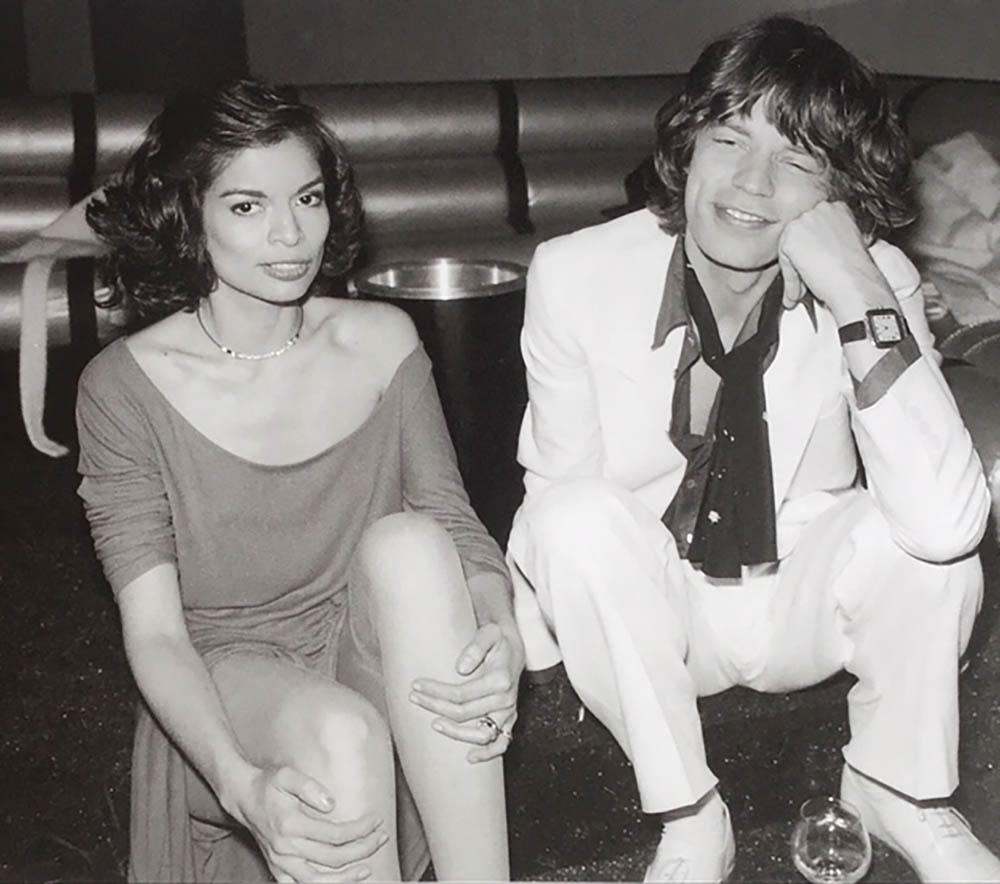
JAGGER, Bianca. JAGGER Mick. Studio 54, New York City, United States. 1977.
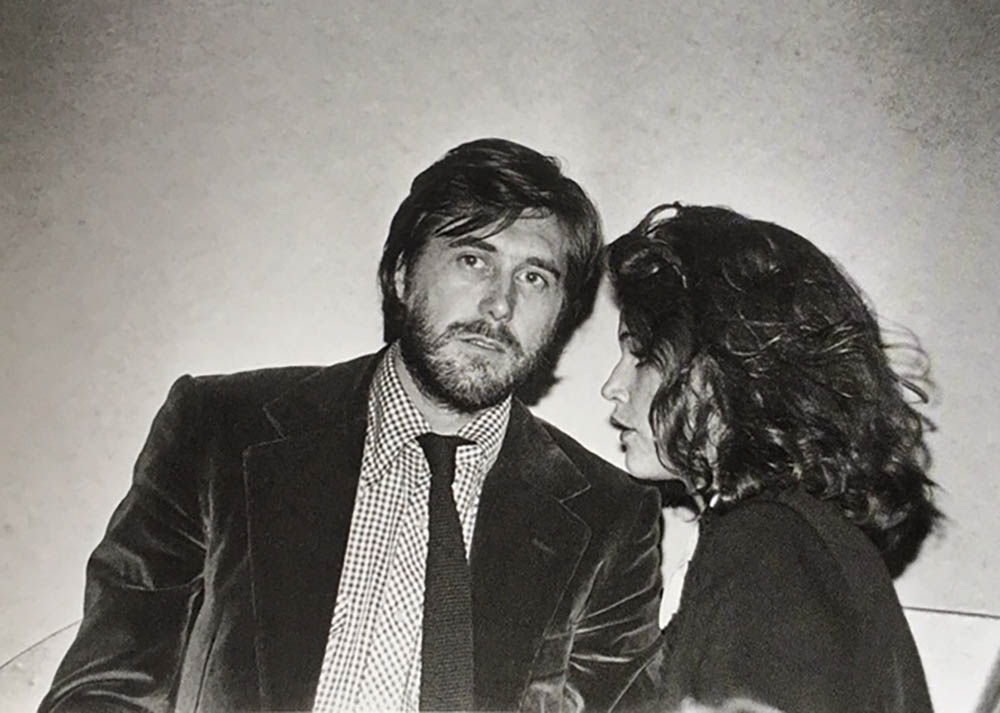
ALLEN, Barbara. FERRY, Bryan. Studio 54, New York City, United States. 1977.

VON FÜRSTENBERG, Diane. DILLER, Barry. Studio 54, New York City, United States. 1977.
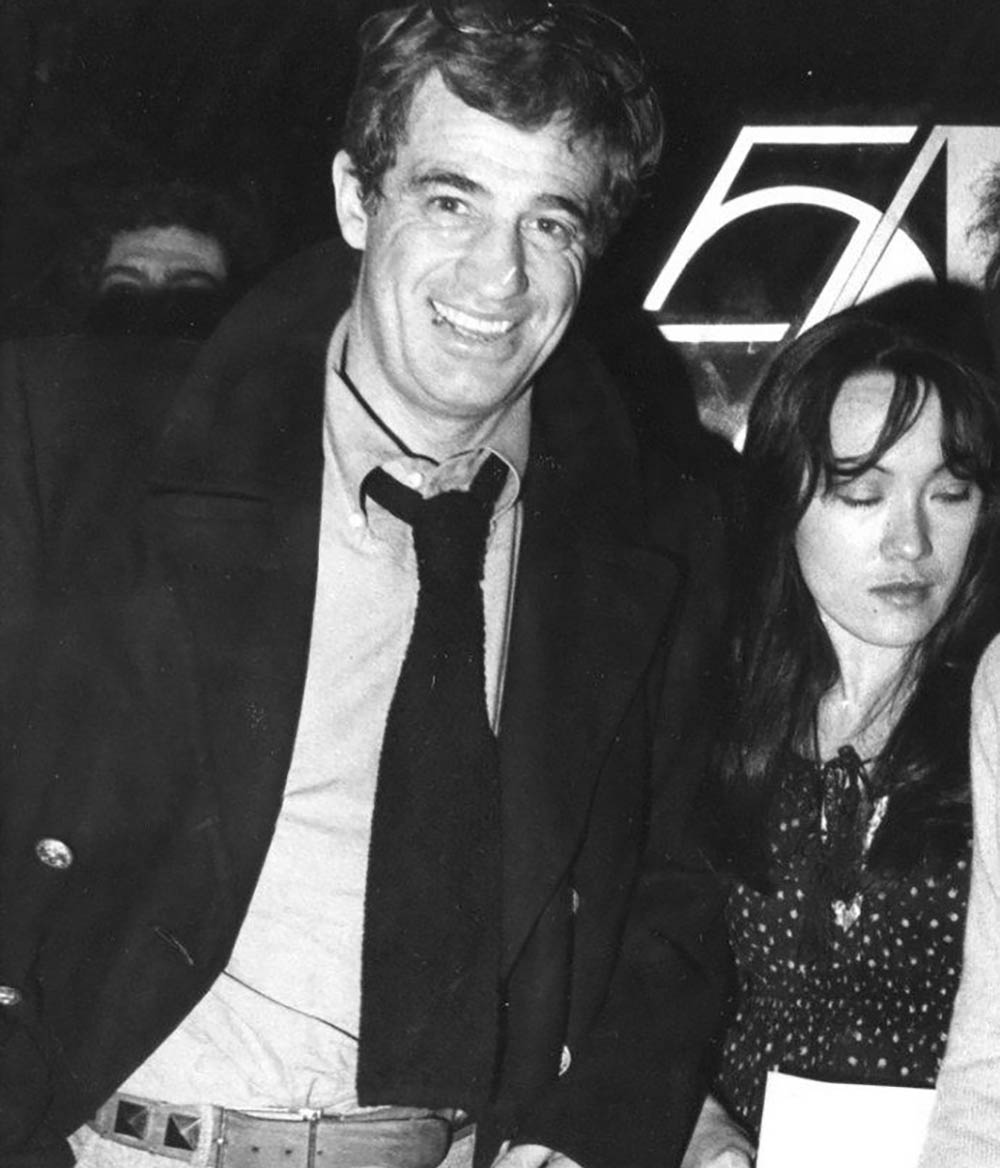
BELMONDO, Jean-Paul, act. Studio 54, New York City, United States. 1977.

A night at Studio 54 compilation. 1979.

HALL, Jerry. WARHOL, Andy. HARRY, Debbie. CAPOTE, Truman. PICASSO, Paloma. Studio 54, New York City, United States. 1977.
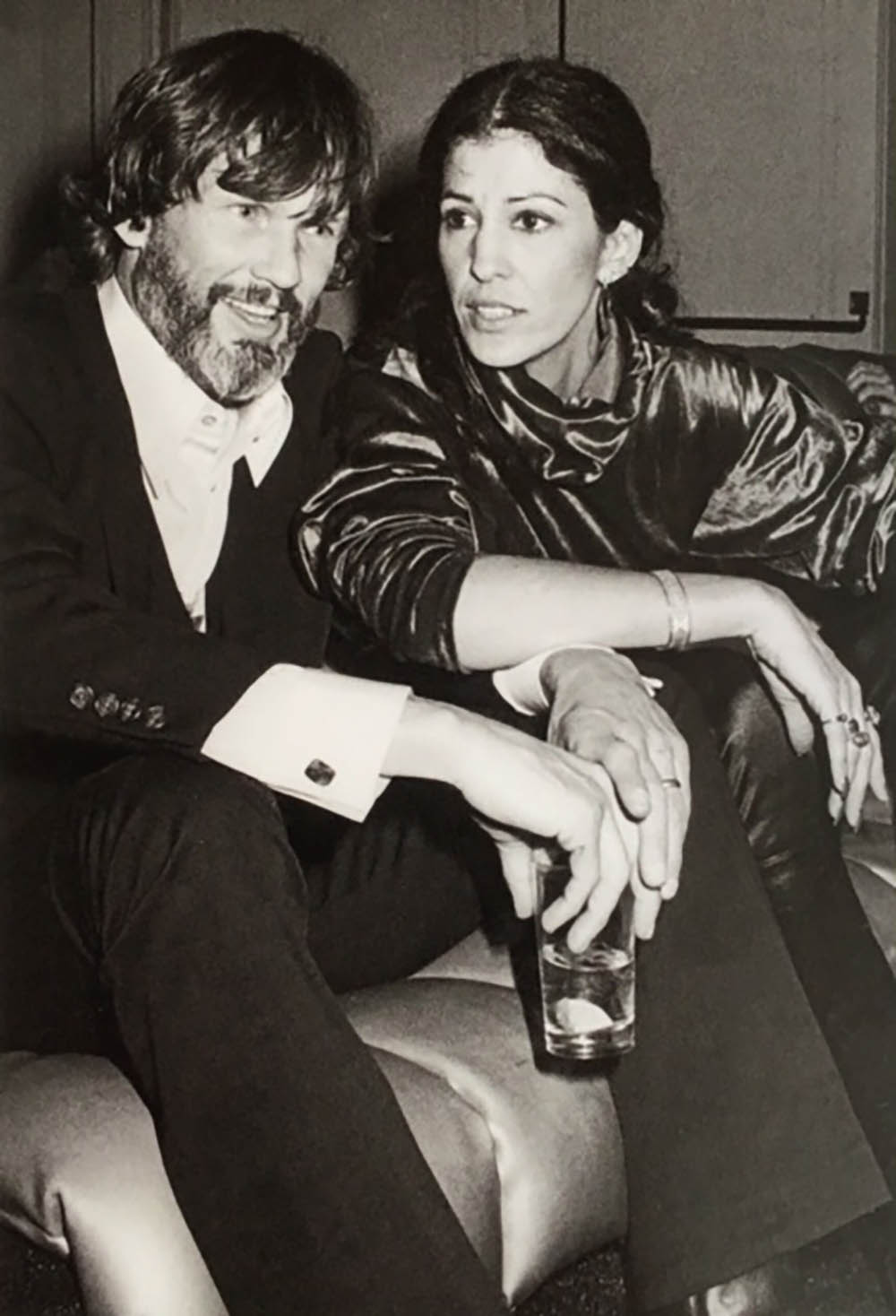
COOLIDGE, Rita. KRISTOFFERSON, Kris. Studio 54, New York City, United States. 1977.
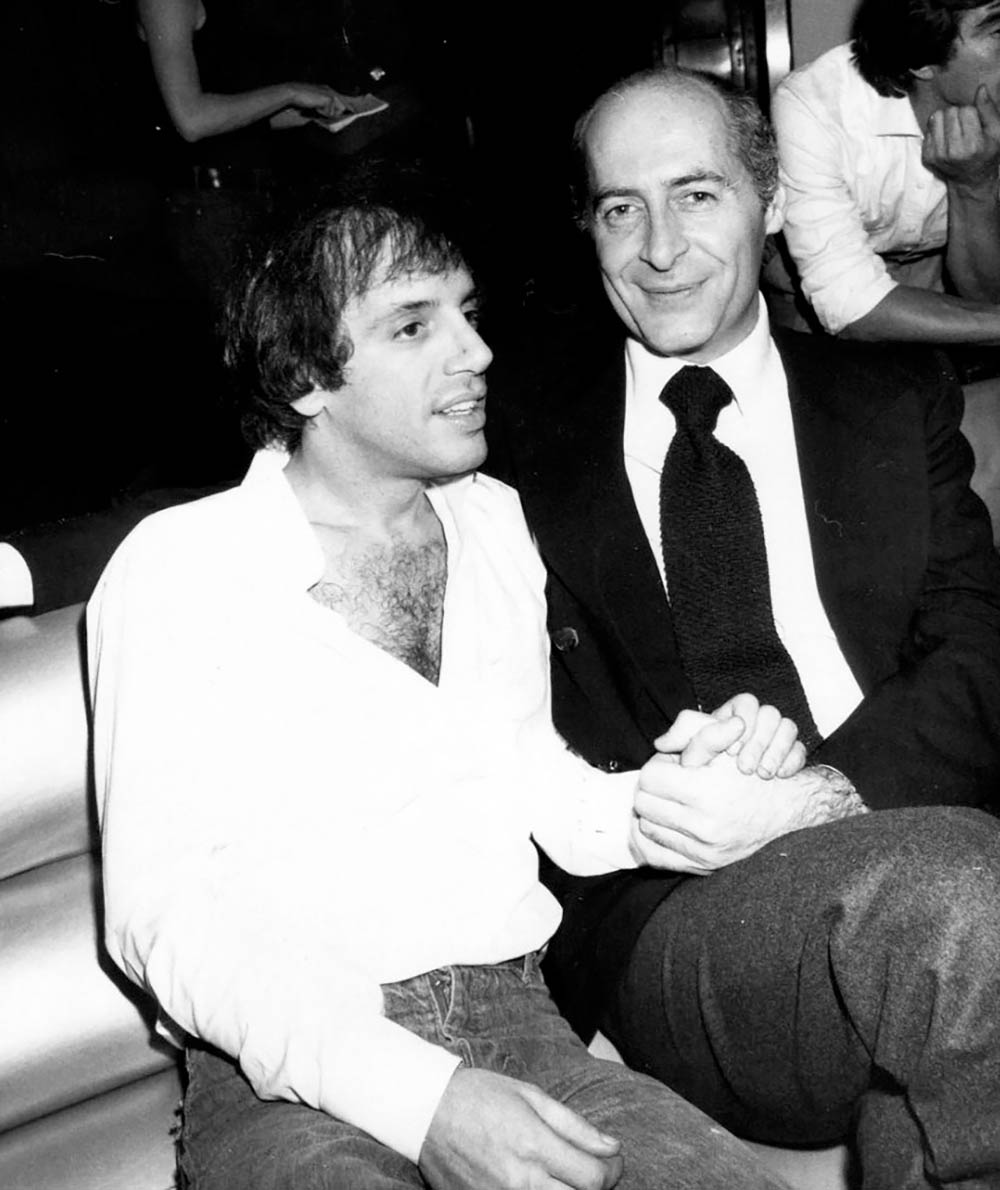
RUBELL, Steve. ROSSELLINI, Franco. Studio 54, New York City, United States. 1977.
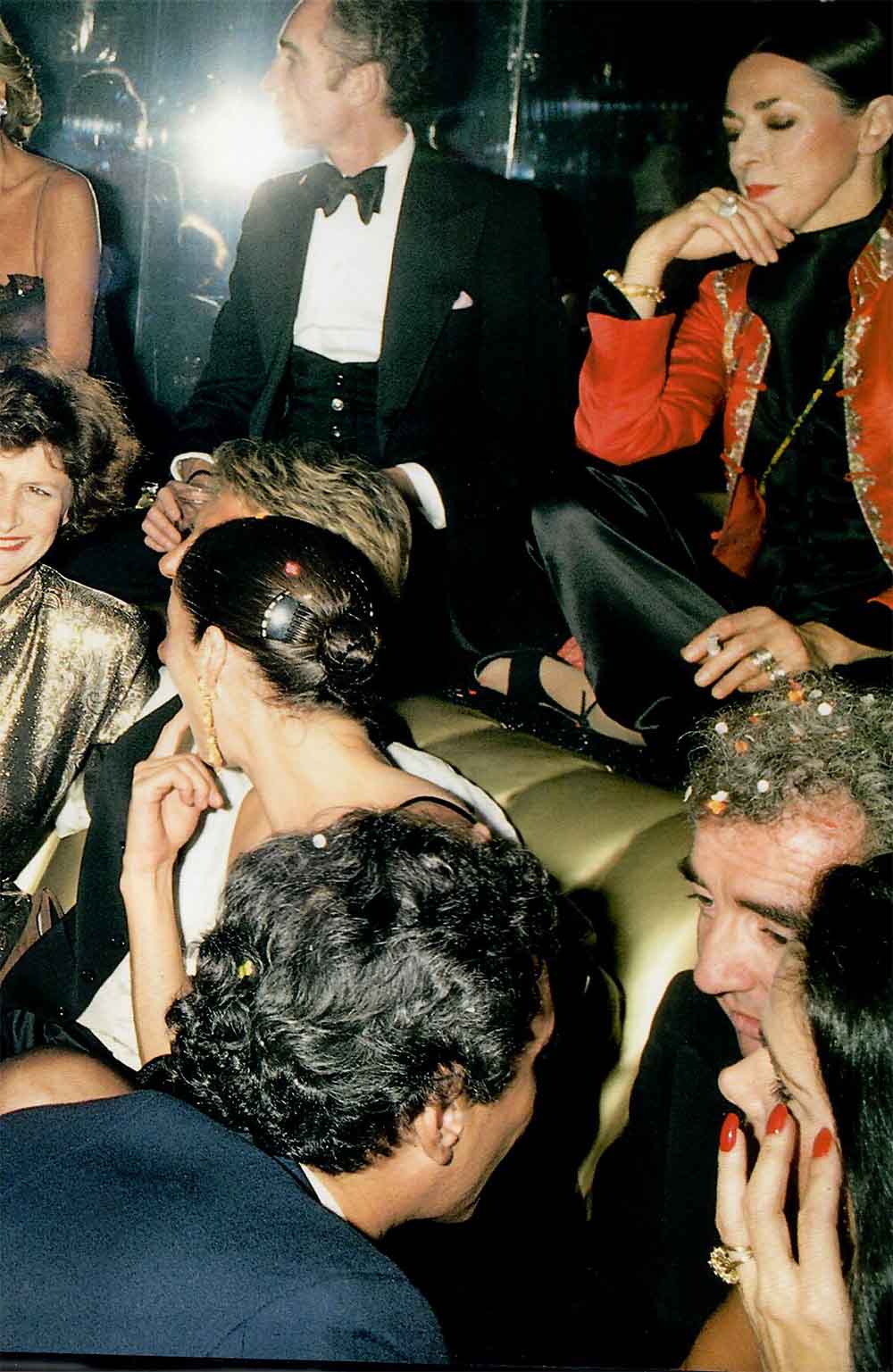
Studio 54, New York City, United States. 1977.
- COTTON« Soft, but with weight. Relaxed, but never shapeless. It carries memory in its creases. »
- LUCIAN FREUD« from borrowed suits to bespoke tailoring, Freud’s fashion choices evolved with his art »
- DAVID LYNCH« The oddest of Americans, the most American of oddballs, Lynch was a man with a uniform. »
- THE FLARED TROUSER
